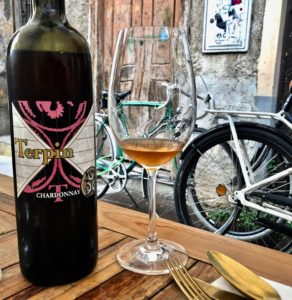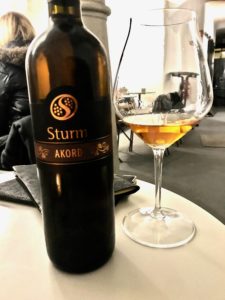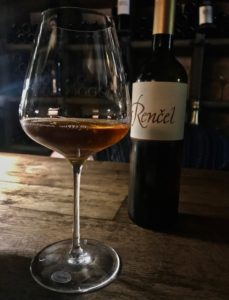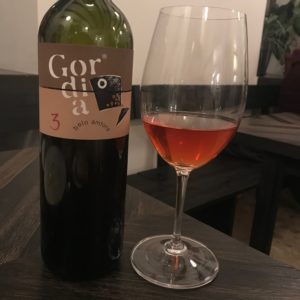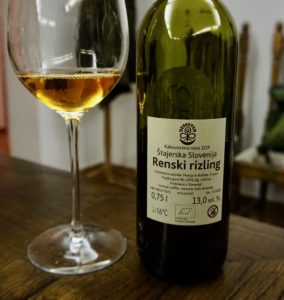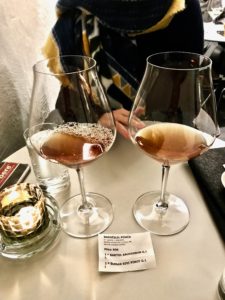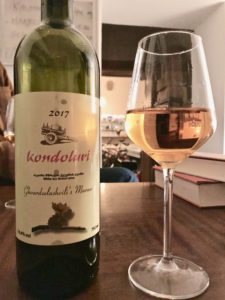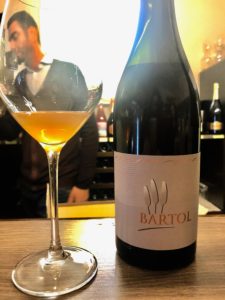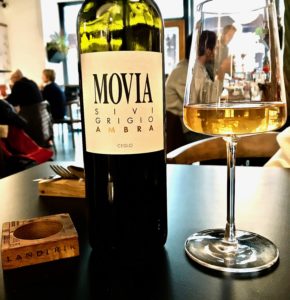What Is Orange Wine?
Orange Wines Are Not Created Equal
One of the most important aspects of understanding orange wines is that they are in fact, a wide-ranging category of macerated white wines, not one singular style of wine.
Just as all white wines don’t appear or taste the same, and just as reds vary greatly from light to full bodied, “orange” wines are not created equally.
Rather, these amber, gold, copper or sometimes pink-hued (and all shades in between) wines are unique and indicative of their winemaking approach, grape, terroir and aging method.
They are not limited to a handful of select countries, or famous producers. In fact, today, many young, and old winemakers alike, make incredible macerated wines, from all over the world. Some are simply continuing centuries-old family traditions, while others are reviving methods from winemaking’s tumultuous past.
If you’re looking for where you can buy organic and natural wines online (including orange ones), please head to my natural wine delivery guide.
Winemaking Approach
A winemaker is faced with countless decisions with every new vintage of wine. This complex web of decision-making in the vineyard and cellar, shape the final wine that makes its way to your table. The approach, as I like to call it, is crucial to orange winemaking.
Firstly, what is orange wine?
My definition of “orange wine” is simplistically –
Wine containing one or more commonly classified white grapes —that undergoes fermentation (conversion of sugar into alcohol) — with a period of prolonged skin contact aka maceration (2+hours to years).
The result = An orange/ amber/gold/pink color from the skin has been imparted into the wine, along with tannins and flavors.
The process is often identical to that of red winemaking, swapping out the aforementioned “one or more white grapes” for “one or more red grapes” — subsequently, the resulting color ranges from red to purple.
This is opposed to my definition of typical white wine, which can be summarized as –
Wine containing one or more commonly classified white grapes —that undergoes fermentation — without skin contact — as the grape skins and juice are immediately separated when the grapes are crushed.
This crushing and separation can be achieved by manual torchio, or modern
automatic press.
The result = A translucent light yellow or green grape juice, that goes on to ferment alone, without the skins present.
As you can hopefully see, maceration or skin-contact is the key element in orange wine.
Length of maceration, however, is not straightforward. Logical assumption would be that the longer the maceration, the deeper the orange color, tannin extraction and flavor, however this is not always true.
Grapes have different compositions, with some skins imparting more material into the juice in a matter of hours, than other grapes impart in days or weeks.
Wine Grapes & Terroir
White wine grapes grow in nearly every wine-producing region of the world, some indigenous to the place, and others are internationally recognized and popular.
Within a single varietal, there are also numerous clones that have been introduced over time and purposely. That said, the terroir of good wine (of any color) impacts the grapes maturity, flavor profile, alcohol, and overall character.
The grape used to make an orange wine is crucial to the outcome of the final product. Some grapes and vineyard sites are much more suited to maceration than others. Popular white grapes used for orange wines include ribolla gialla, pinot grigio, friulano, riesling italico, malvasia, trebbiano spolentino, grillo, pinot bianco, timorasso, vitovska, chardonnay and sauvignon blanc.
The most widely available orange wines usually come from continental climate wine regions like Slovenia, Friuli in northern Italy, Croatia, Georgia, Austria, Spain, Germany, and the Czech Republic. Other new world regions like Australia and the United States are also experimenting with macerated wines, with many produced from grapes not typically associated with macerated wines.
Aging Vessels
Mainly due to the history of orange wine, the aging vessels are important aspects of macerated wines, akin to their importance in red winemaking, but less emphasized in white winemaking. Most standard white wines are meant to be drunk young and are therefore not aged, nor would benefit from doing so. Orange wines are another story.
Qvevri, Anfora or amphora are ancient terracotta pots that have been used for 8k years in the country of Georgia, and elsewhere throughout ancient Europe. The vessels are either buried in the ground for temperature control or placed in cellars alongside wood barrels, cement, and stainless steel tanks.
These conical red clay vessels interact with wine in an entirely different way. When left above the ground, they allow micro-oxygenation similar to wood, but without any influence of oak. The shape of the amphora also plays a big role in the fermentation of wine, as increased movement and natural filtration are achieved due to its shape. The heaviest stems and seeds fall to the narrow pointy bottom, with minimal contact with the juice in the middle. The skins then float on top of the juice, protecting it throughout its aging process.
Amphorae are especially useful for macerated wines that undergo prolonged skin-contact. Cement eggs are also becoming an alternative and similar solution to amphorae, while stainless steel and wood are also used, particularly with short-macerations.
Orange Wine Styles
1. Lighter bodied orange wines – Either lightly macerated, or made from wines with thinner skins, thereby not imparting much color or character, despite prolonged skin contact. They typically come from cooler continental climate regions.
Examples include:
2. Medium bodied orange wines – short/med maceration periods, made from a variety of grapes with different skin colors and thicknesses. Probably the largest category of macerated/orange wines. Great to drink alone or pair with a variety of food.
Examples include:
- Denavolo – Dinavolino Ortrugo, Malvasia & Marsanne Blend
- Cascina San Leto Daniele Ricci – Giallo di Costa (Cortese & Timorasso Blend)
3. Strong, full-bodied orange wines – result of long maceration and typically long aging, sometimes in Anfora. The countries below have many producers using native grapes to make ancient-method wines with intense complexity and pronounced tannins.
- Georgian Wines – Iago Wine, Ghvardzelashvili’s Marani
- Slovenian Wines –Ducal, Renčel, Klinic
- Italian Wines – Gravner, Prinčič, Terpin
Orange wines are neither new, nor trendy, and if rose wines deserve their own designation on a wine list, I believe orange wines do as well. Not to group them all as one taste or flavor profile, but as to distinguish them from the existing white/rose/red sections that they do not easily fall into. Grape, maceration time, and vessel are the three components to help you figure out which wines appeal to you.
